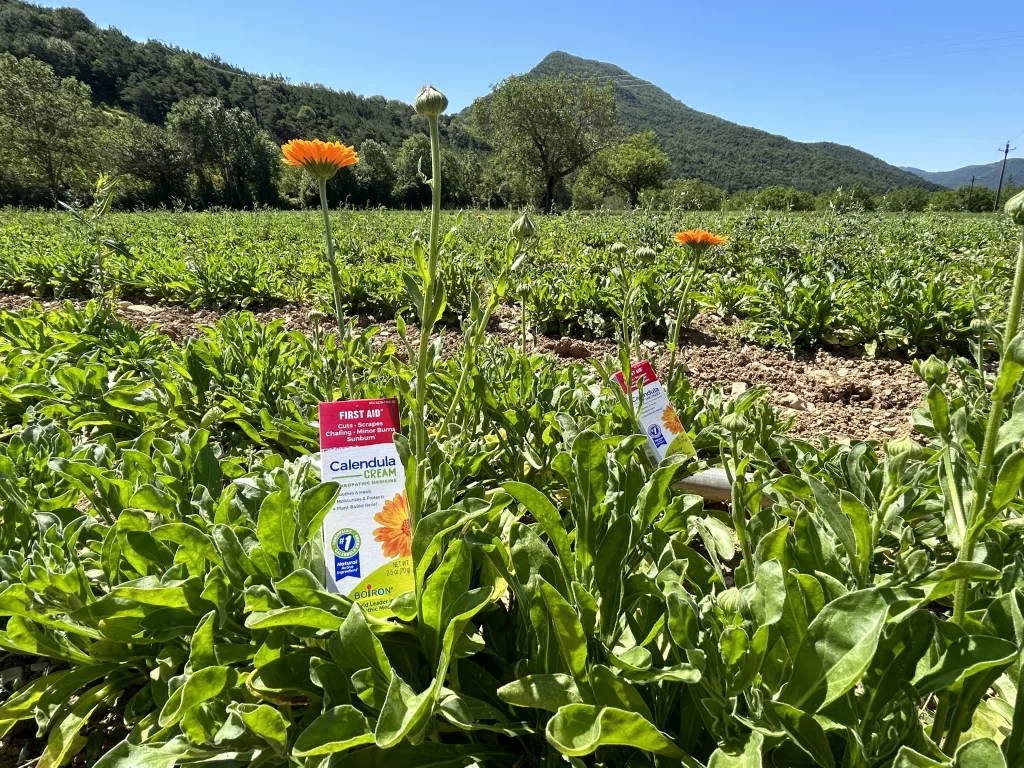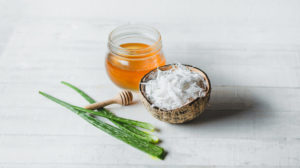Last updated on December 6th, 2023 at 02:18 pm

For generations, Calendula officinalis has been used for a range of purposes. From ancient Egyptians who tapped into its sap, to the Mayans who washed themselves in skin-healing marigold tea, this extraordinary plant has woven its way throughout the world.
In non-homeopathic form, the plant Calendula officinalis was known for its healing powers in other therapeutic systems, including Traditional Chinese Medicines dating back 200 B.C. and Ayurvedic medicine originating in India more than 3,000 years ago. Even the ancient Greeks and Arabs discovered the medicinal properties hidden within the petals of the garden marigold.
Today at Boiron, we continue this legacy by transforming Calendula officinalis into homeopathic medicines that help soothe and heal. With more than 90 years of expertise in pharmaceutical manufacturing, we employ rigorous standards and innovative technology to ensure that we create the highest quality homeopathic medicines out of every harvested flower.
Calendula officinalis: The Common Garden Marigold
There are dozens of varieties of marigolds, but only one is ideal for medicinal use: the Calendula officinalis or garden marigold. In line with their sunny colors, these yellow-orange flowers literally follow the sun — their blooms close at night and reopen when the sun rises. Due to this reliance on the sun, they flourish in hot and bright times of the year and areas. It has a long flowering period, blooming at the end of spring and going through autumn. These flowers are mostly found in southern Europe but are also cultivated across North America.
A Quality Harvest, A Quality Homeopathic Medicine
Harvesting
In France, Boiron partners with regional farmers, who cultivate Calendula in a way that reduces the environmental impact, is sustainable, and is grown without pesticides or fertilizers. When the flowers are ready between June and August, they are harvested by hand and sent to Boiron laboratories.
Filtration and Dilution
The flowers are tested for purity and then soaked in an alcohol solution and softened to form a tincture. Once filtered, the tincture is homeopathically prepared for use in creams, ointments, gels, and other medicines.
The Final Step
After the meticulous process of growing, harvesting, manufacturing, and packaging is finished, this homeopathic medicine makes it way to over 50 countries. There are a variety of Calendula products, and each has a specific role in healing and soothing skin irritations:
- Calendula Cream is best suited to help soothe and heal cuts, scrapes, chafing, minor burns, and sunburn as the light formula moisturizes the skin.*
- Calendula Ointment promotes the healing of cuts, scrapes, minor burns, and chapped skin with a thicker formula that helps the medicine stay in contact with the skin longer.*
- Calendula Gel is most useful in healing rashes, razor burn, and insect bites and the formula has a cooling sensation.*
- Calendula officinalis, as the single medicine in pellet form, can be melted in the mouth to help relieve minor wounds, cuts, or burns.*
When looking at the range of Boiron’s Calendula products, and their uses, it is amazing to consider that each product stems from one plant: Calendula officinalis.
Interested in learning more about Calendula and the golden marigold? Visit BoironCalendula.com for more information.
*Claims based on traditional homeopathic practice, not accepted medical evidence. Not FDA evaluated.






